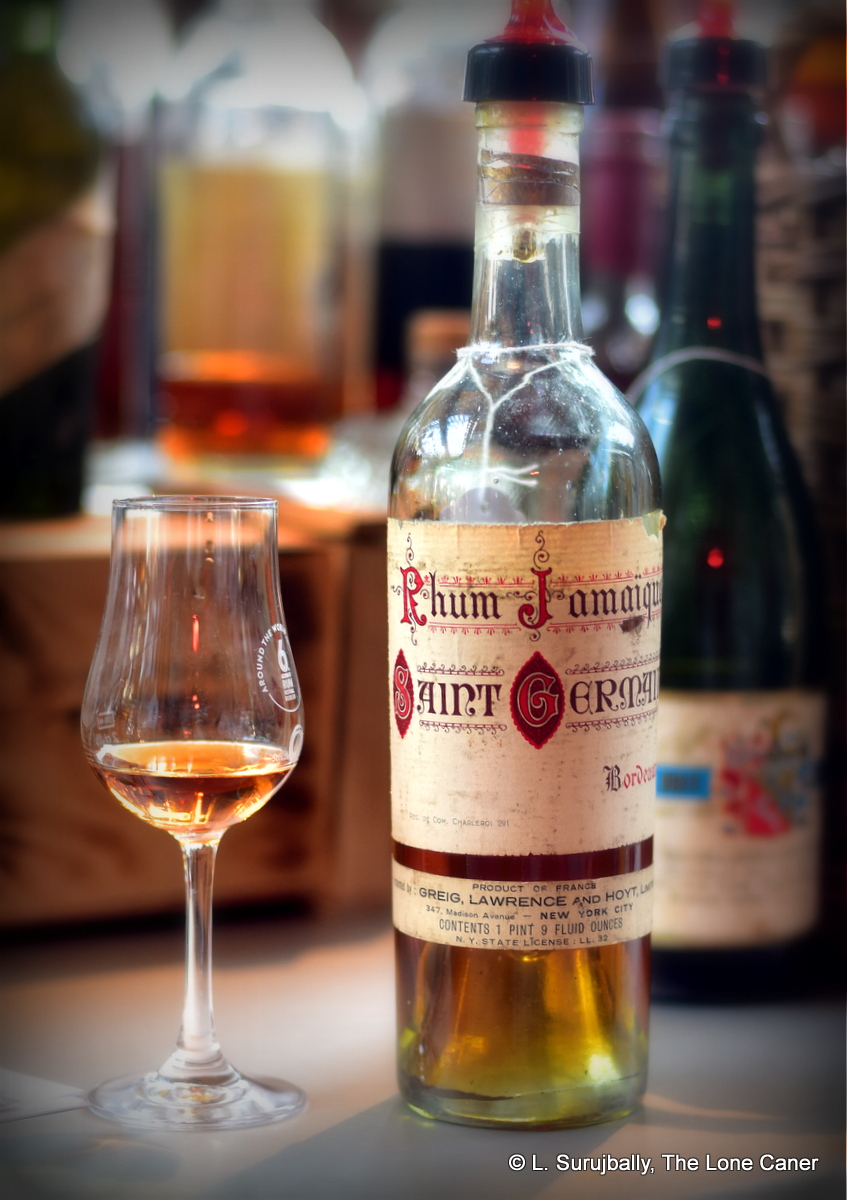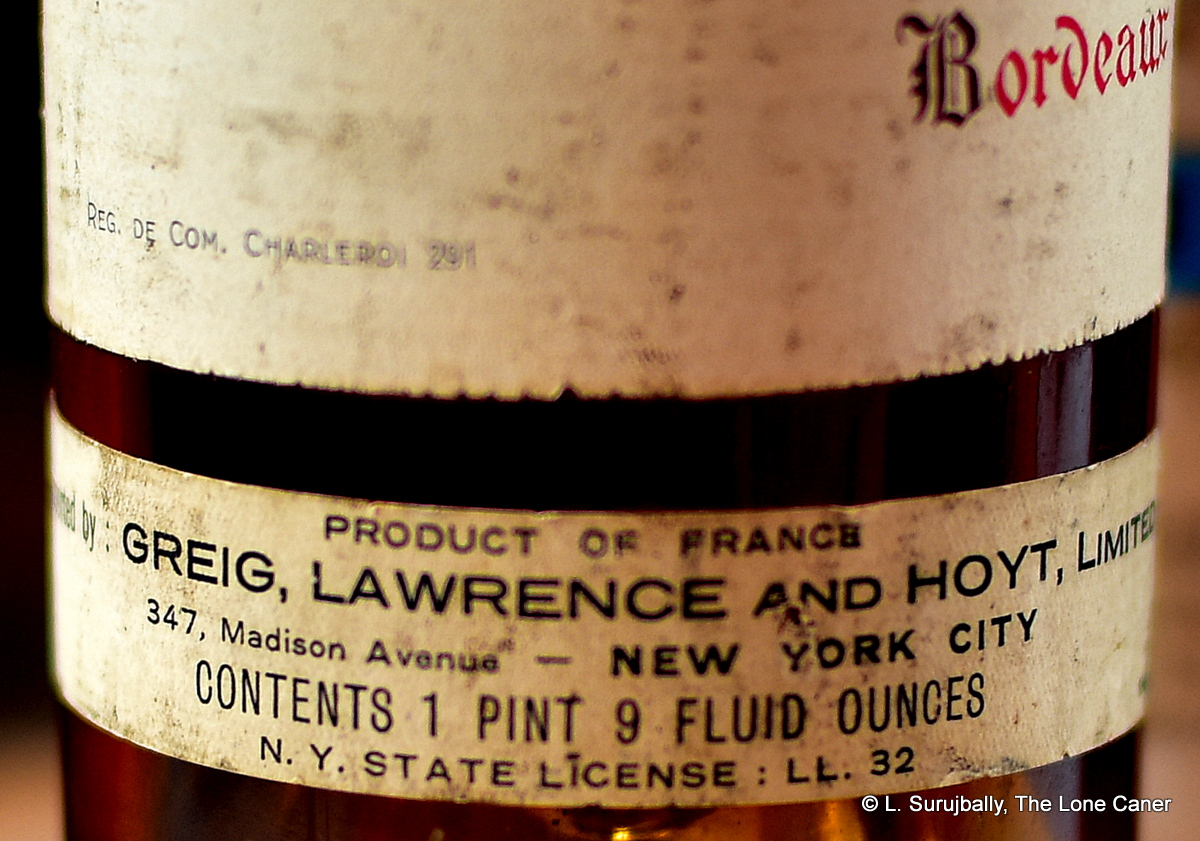This is one of those times where I’ll circle back and fill in the detailed background later, since even a summary of more than three centuries of company life will still probably put the disinterested to sleep.
In brief, Berry Bros & Rudd (or BBR) is a London-based wine and spirits enterprise (they have branches in several other countries) who dabble in their own bottlings of rum from time to time. They were among the first indies to capture my attention back in 2012 or so with an extraordinary 1975 Port Mourant, but nowadays their star shines somewhat less brightly and few speak of their rums with the reverence they once were thought to command.
This rum sort of exemplifies why: it’s a rum from Haiti about which just about nothing can be found and is listed only in a few online shops which provide a bare minimum of detail. It’s never come up for auction, is not on Rum-X’s database and nobody has reviewed it as far as I can tell. Neither Single Cask Rum nor Barrel Aged Thoughts, in their company bios, have even listed it, but then, nobody has a complete listing of BBR’s rums.
Based on the label and other sources, it is distilled in Haiti in 2004 – this of course immediately implies Barbancourt, the major and most renowned rum maker on the half-island and the only one who exports bulk to Europe where BBR would have picked up a few barrels. As was customary a decade ago, the rum was released at 46% ABV and is column distilled, though whether molasses based or deriving from cane juice is unknown (I have little faith in the spelling convention of “rum” versus “rhum” on the label to determine the source).
That out of the way, what’s it like? It is, on initial nosing, quite pleasantly fruity and musky…but not herbal or grassy (suggesting but not confirming a molasses origin). Apples, raisins, dates and black grapes are the initial scents, followed by dark red cherries and a lingering ripe pineapple background that remains perceptible throughout. Once the rum settles down – it’s a bit thin at 46% and from time to time bites like an underfed, rice-eating, flea-bitten mongrel if one approaches it carelessly – there is a deeper note of honey, light molasses, pencil shavings and cream cheese on sourdough bread.
 Some of this carries over to the palate, but not all. It tastes nicely of brine and a lightly salted trail mix of cashews and peanuts. Tart flavours of gherkins and sweet pickles creep in, leading to a firmer melange of crisp fruits and cough syrup (!!). Green grapes, unripe peaches and pears, some light orange zest and citronella. It feels watery at times, but there’s enough strength here to let more complex flavours seep through if one is patient. The weakest point is the finish, which is less salty, sweeter and has an easy sort of fruit salad vibe going on. It’s short, breathy, easy and not too exceptional at this point: the nose remains the best part of it.
Some of this carries over to the palate, but not all. It tastes nicely of brine and a lightly salted trail mix of cashews and peanuts. Tart flavours of gherkins and sweet pickles creep in, leading to a firmer melange of crisp fruits and cough syrup (!!). Green grapes, unripe peaches and pears, some light orange zest and citronella. It feels watery at times, but there’s enough strength here to let more complex flavours seep through if one is patient. The weakest point is the finish, which is less salty, sweeter and has an easy sort of fruit salad vibe going on. It’s short, breathy, easy and not too exceptional at this point: the nose remains the best part of it.
So, not a bad rum, but conversely, nothing to really write home about either. It’s simply a competently assembled rum with no points of distinction and few weaknesses for which one might mark it down – maybe some more ageing, a few extra points of proof, would have elevated it. It’s too good to be anonymous blah, while unfortunately not staking out any tasting territory in your mind which would cause you to seriously recommend it to your friends as something they would have to try (as attends, say, every Hampden or WP rum ever made). Maybe it’s all down to BBR not having a serious rum department or in-house expertise to really select some good juice, but the upshot is that their 9YO Haitian rum from 2004 is no undiscovered masterpiece, just a forgotten rum that no-one will miss if it stays that way.
(#882)(83/100) ⭐⭐⭐½
Historical Notes
With the explosion of new and nimble independent bottlers on the European scene, some of the original bottlers we used to know a mere decade ago are fading from view, which is unfortunate. They, these older ones, kept the flame of pure rums burning at a time when the world was glutted with anonymous blends and pointed the way to the possibilities of the rumworld we live in now. That said, I was never entirely free of the suspicion that most of these outfits had their origins in, and kept their love for, whisky as their primary focus — and rums were, at best, an afterthought. Wilson & Morgan, Cadenhead, Moon Imports, Samaroli, BBR and others, all started bottling whisky before they moved into the good stuff – but whatever the case is, they were and remain the inheritors of the merchant bottlers of old who serviced the distribution of rum around the empires they served, many of which were bought out or went under or are long out of business…and all but unknown now.
Such merchant bottlers had their origins in distributorships and spirits shops, and probably the oldest of these is the firm of Berry Brothers & Rudd in London, which, as all rum geeks are probably aware, was founded in 1698 by the surviving wife of the prematurely deceased, sadly unmissed and completely unknown Mr. Bourne, who opened a general grocery shop in that year with (one assumes inherited) funds sufficiently impressive for her to take premises opposite St. James Palace. The intricacies of the family line and business development over the centuries are too complex for this review, but by the early 1800s the shop had already moved into wine distribution and by the beginning of the 1900s was exclusively a wine and spirits merchant, bottling their own wines, sherries and whiskies well into the 20th century and expanding carefully, but globally.
Rums seem to have been issued by BB&R on something of an irregular, ad hoc basis and the only ones predating the modern era that I know of, are a Jamaican rum from the 1960s which was auctioned in 2018, and another even rarer one from 1947/1948 that went under the hammer in February 2020 both at prices none of us can afford. Rums began to appear in the portfolio as a semi-regular thing in 2002, with a Long Pond 16YO from 1986 and a Versailles 1985 17 YO; these early editions were characterised by a simple, almost Edwardian-era label design ethos which (along with the bottle style) has now been changed several times over. Some of their modern bottlings have become very sought after, like the Jamaica 1977 or the Port Mourant 1975, but somehow the series as a whole never scaled the bar which others set so high, never got that cachet of “must have” attached to their initial work. Probably this was because of inconsistent releases and equally inconsistent quality…some were good, some were not, and some were simply okay.
BBR continues to release rums from time to time, with a puzzling lack of publicity which may also be part of the reason their visibility is less than it could have been. Nothing about their rum shelf is particularly impressive: not the selections, not the disclosure of what they do have, not the variety. And while they have expanded the original “Berry’s Own Selection” to now include an “Exceptional Cask” and a “Classic Range” series – sometimes distinguished, I suggest, more by price and rarity than by quality – there are never very many listed for sale or auction and no serious must-have rums to excite the cognoscenti as, say, Nobilis or Rom Deluxe does. It remains to be seen whether the company wants to increase its footprint of well-made, well-aged rums from around the world, harness the rum-geek crowd’s enthusiasms into new and exciting ranges of young or aged expressions…or just be content to follow everyone else and remain a top tier wine and spirits merchant with a third tier rum selection.
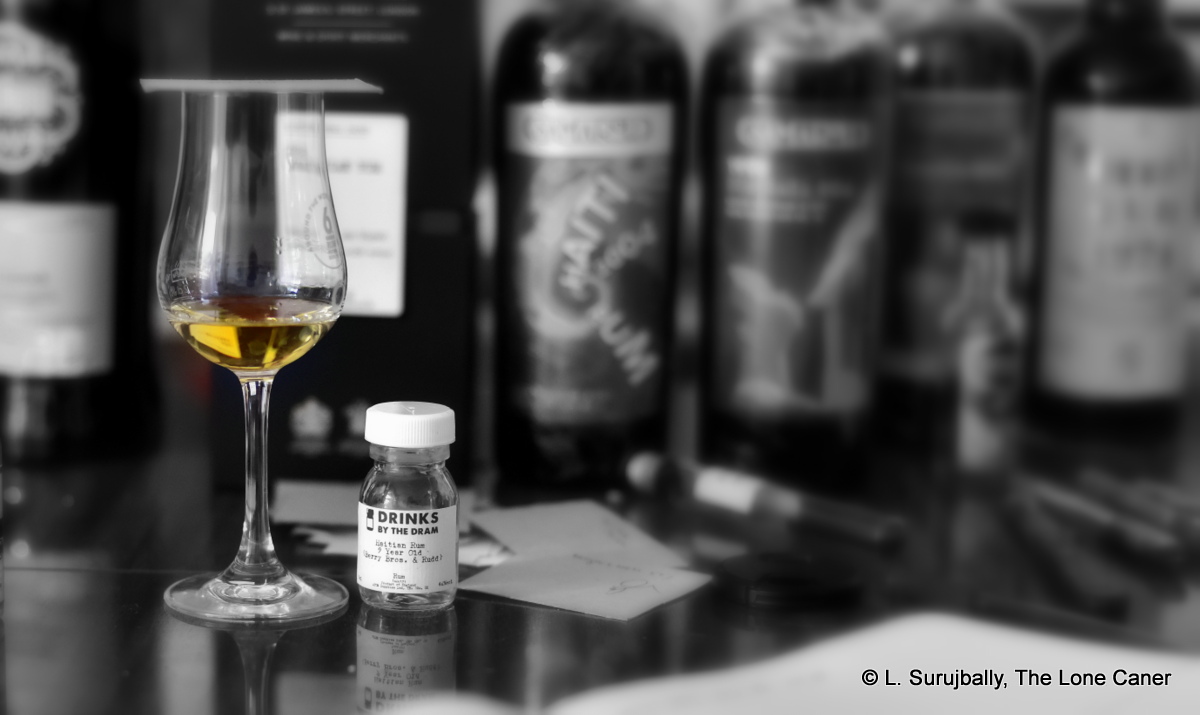
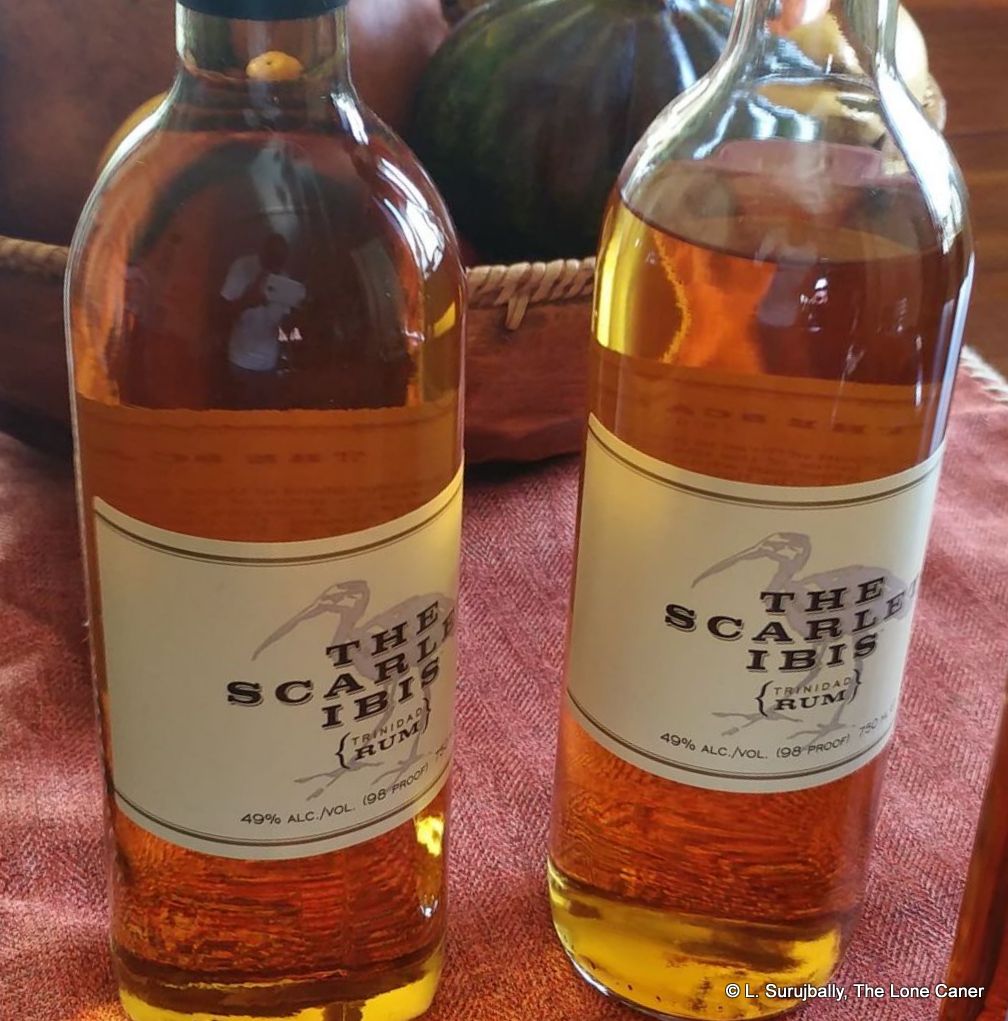

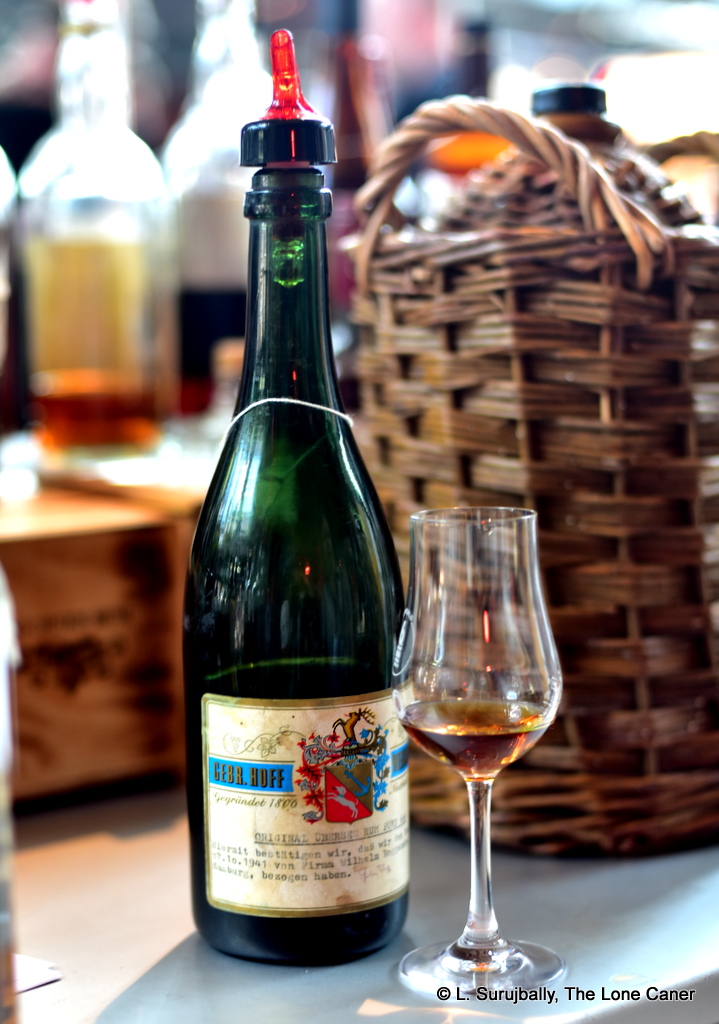 Rumaniacs Review #123 | #800
Rumaniacs Review #123 | #800
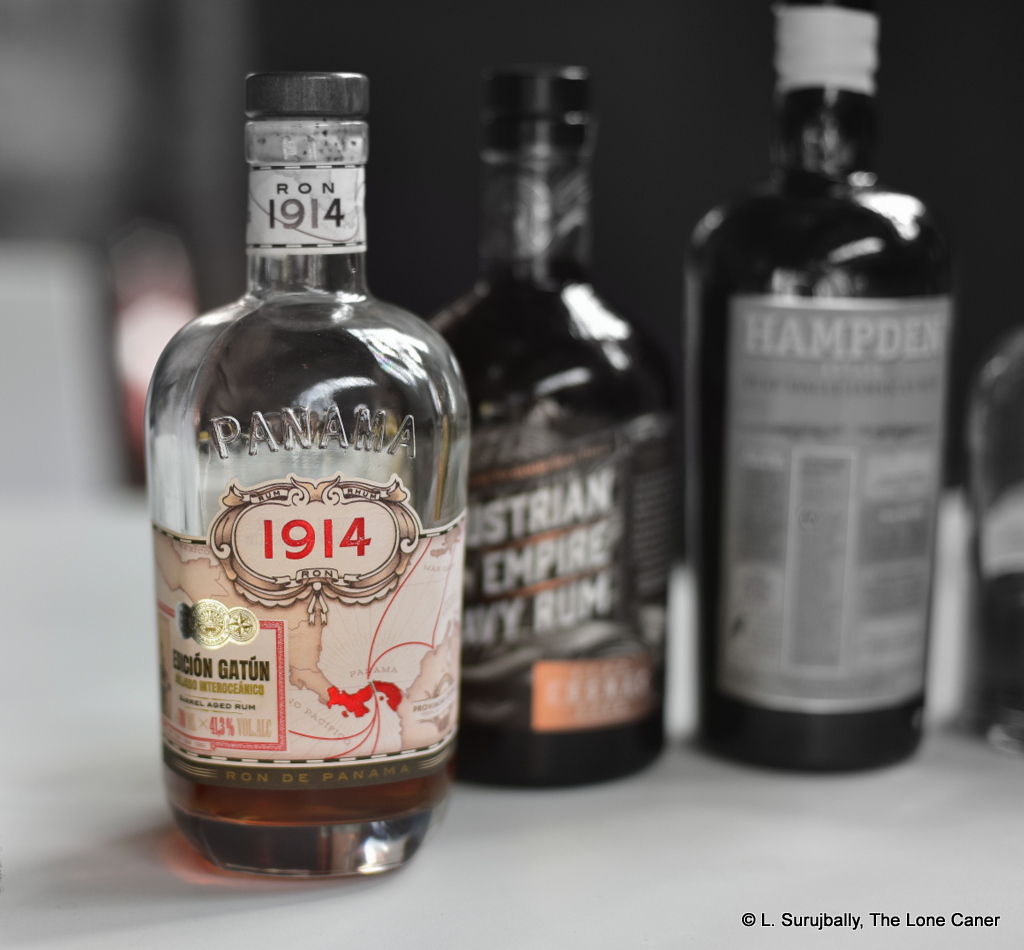
 Or so the story-teller in me supposes. Because all jokes and anecdotes aside, what this is, is a rum made to order.
Or so the story-teller in me supposes. Because all jokes and anecdotes aside, what this is, is a rum made to order. 
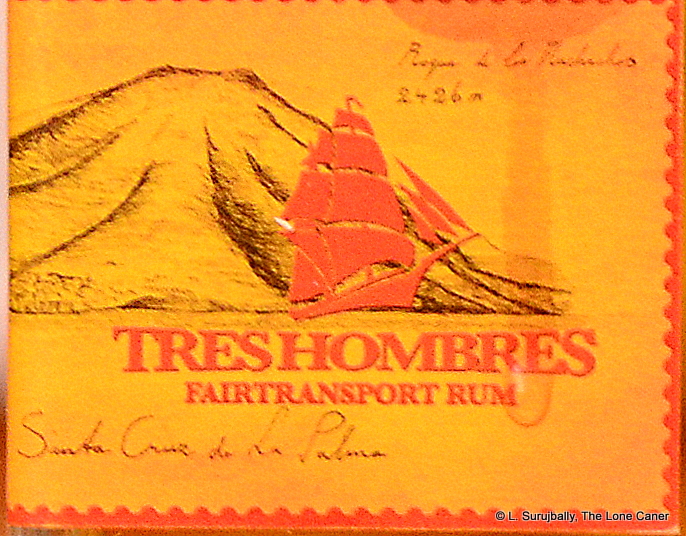 Well, Canary Islands or Dominican Republic (I’ll assume The Hombres are correct and it’s the former), it has to be evaluated, so while emails and queries chase themselves around, let’s begin. Nose first: kind of sultry and musky. Green peas developing some fuzz, old bananas, vanilla and grated coconut, that kind of neither too-sweet nor too-salt nor too-sour middle ground. It’s a little spicy and overall presents as not only relatively simple, but a little thin too, and one gets the general impression that there’s just not much gong on.
Well, Canary Islands or Dominican Republic (I’ll assume The Hombres are correct and it’s the former), it has to be evaluated, so while emails and queries chase themselves around, let’s begin. Nose first: kind of sultry and musky. Green peas developing some fuzz, old bananas, vanilla and grated coconut, that kind of neither too-sweet nor too-salt nor too-sour middle ground. It’s a little spicy and overall presents as not only relatively simple, but a little thin too, and one gets the general impression that there’s just not much gong on.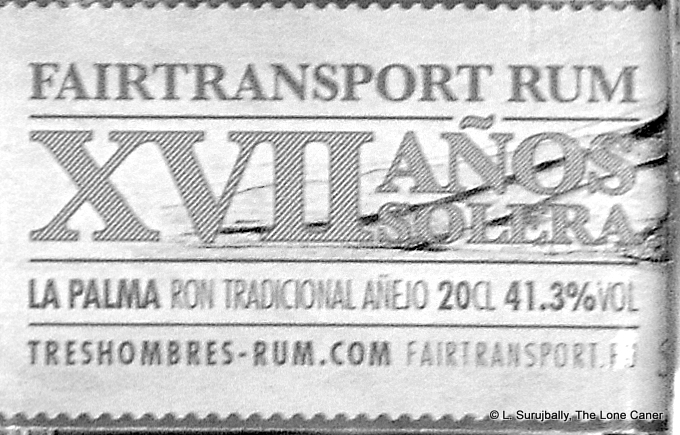 Tres Hombres is now up to No. 34 or something, includes gin in the lineup, still do some ageing onboard for a month or so it takes to cross the Atlantic and certainly they have not lost their enthusiasm — they include rums from Barbados, DR and the Canary islands. Whether this part of their business will carry them into the future or forever be a sideline is, however, not something I can answer at this time – the lack of overall publicity surrounding their rums, suggests they still have a ways to go with respect to wider consciousness and acceptance.
Tres Hombres is now up to No. 34 or something, includes gin in the lineup, still do some ageing onboard for a month or so it takes to cross the Atlantic and certainly they have not lost their enthusiasm — they include rums from Barbados, DR and the Canary islands. Whether this part of their business will carry them into the future or forever be a sideline is, however, not something I can answer at this time – the lack of overall publicity surrounding their rums, suggests they still have a ways to go with respect to wider consciousness and acceptance.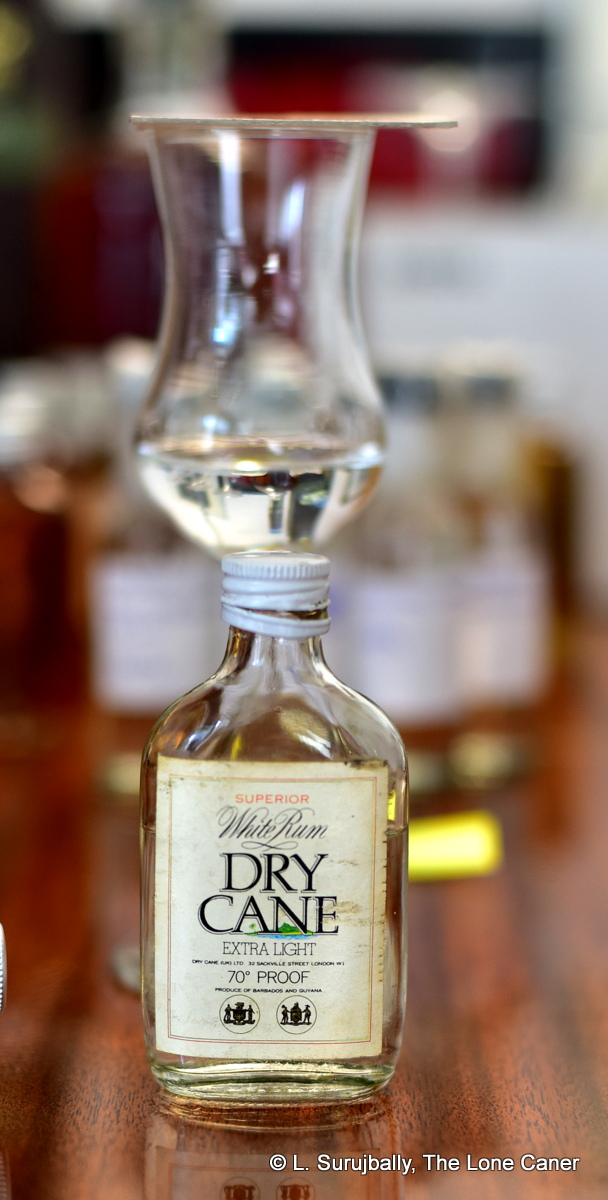
 My inference is therefore that Dry Cane was a financing vehicle or shell company or wholly owned subsidiary set up for a short time to limit the exposure of the parent company (or Kinloch), as it dabbled in being an independent bottler — and just as quickly retreated, for no further products were ever made so far as I can tell. But since S&S also acquired a Gibraltar drinks franchise in 1968 and gained the concession to operate a duty free shop at Gibraltar airport in 1973, I suspect this was the rationale behind creating the rums in the first place, through the reason for its cessation is unknown. Certainly by the time S&S moved out of Sackville Street in the 1980s and to Gibraltar (where they remain to this day as part of a large conglomerate), the rum was no longer on sale.
My inference is therefore that Dry Cane was a financing vehicle or shell company or wholly owned subsidiary set up for a short time to limit the exposure of the parent company (or Kinloch), as it dabbled in being an independent bottler — and just as quickly retreated, for no further products were ever made so far as I can tell. But since S&S also acquired a Gibraltar drinks franchise in 1968 and gained the concession to operate a duty free shop at Gibraltar airport in 1973, I suspect this was the rationale behind creating the rums in the first place, through the reason for its cessation is unknown. Certainly by the time S&S moved out of Sackville Street in the 1980s and to Gibraltar (where they remain to this day as part of a large conglomerate), the rum was no longer on sale.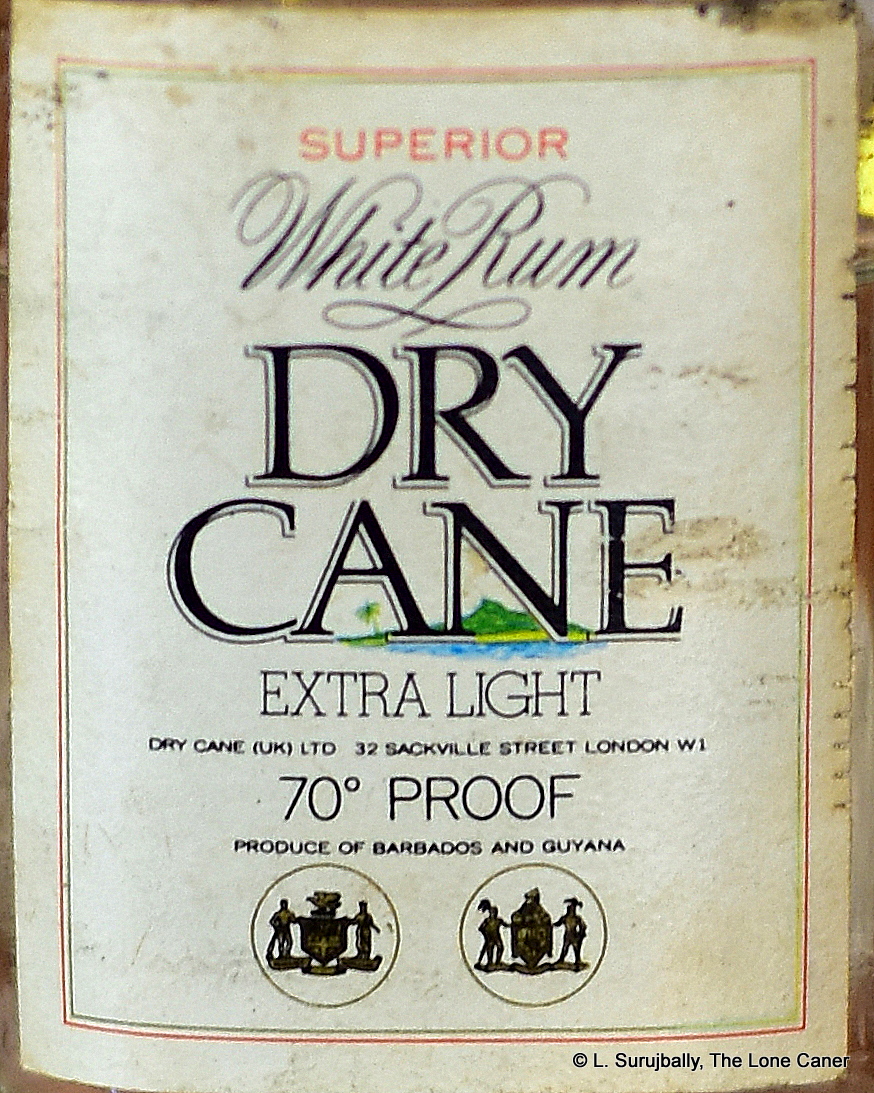 Palate – Light and inoffensive, completely bland. Pears, sugar water, some mint. You can taste a smidgen of alcohol behind all that, it’s just that there’s nothing really serious backing it up or going on.
Palate – Light and inoffensive, completely bland. Pears, sugar water, some mint. You can taste a smidgen of alcohol behind all that, it’s just that there’s nothing really serious backing it up or going on. 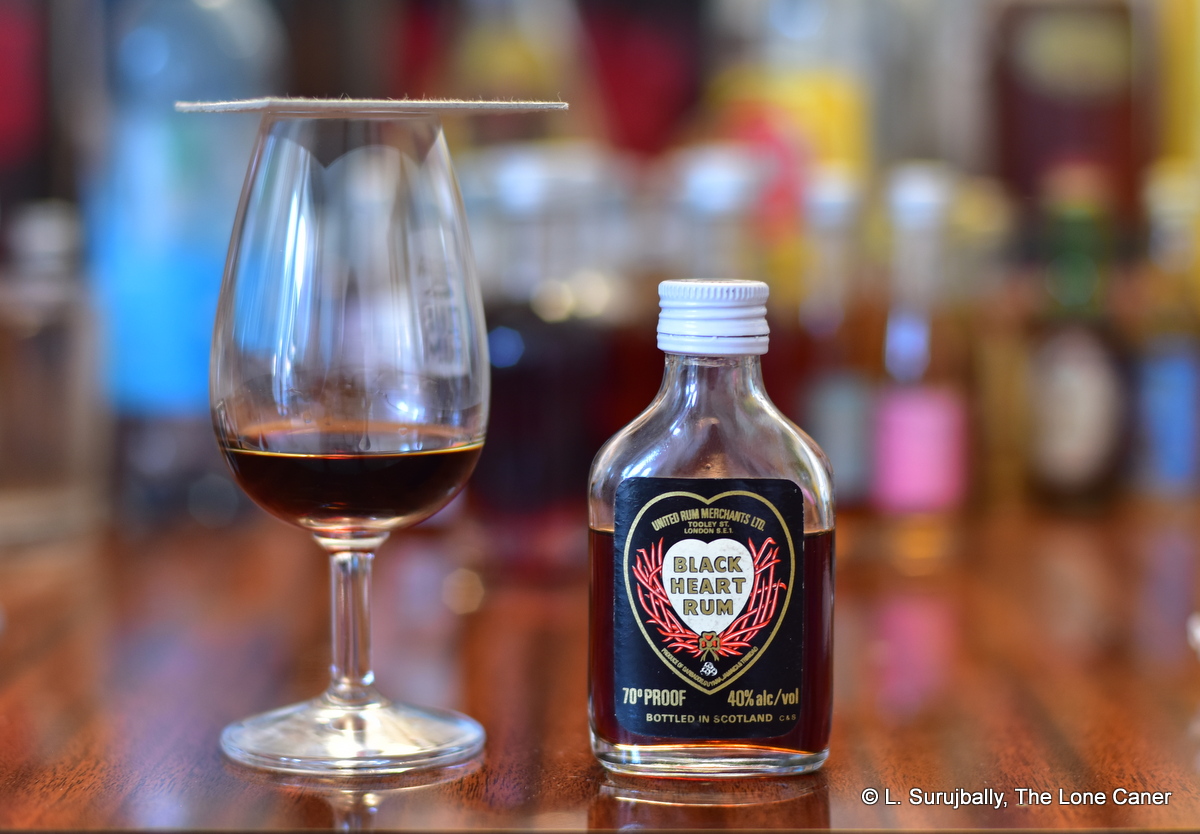
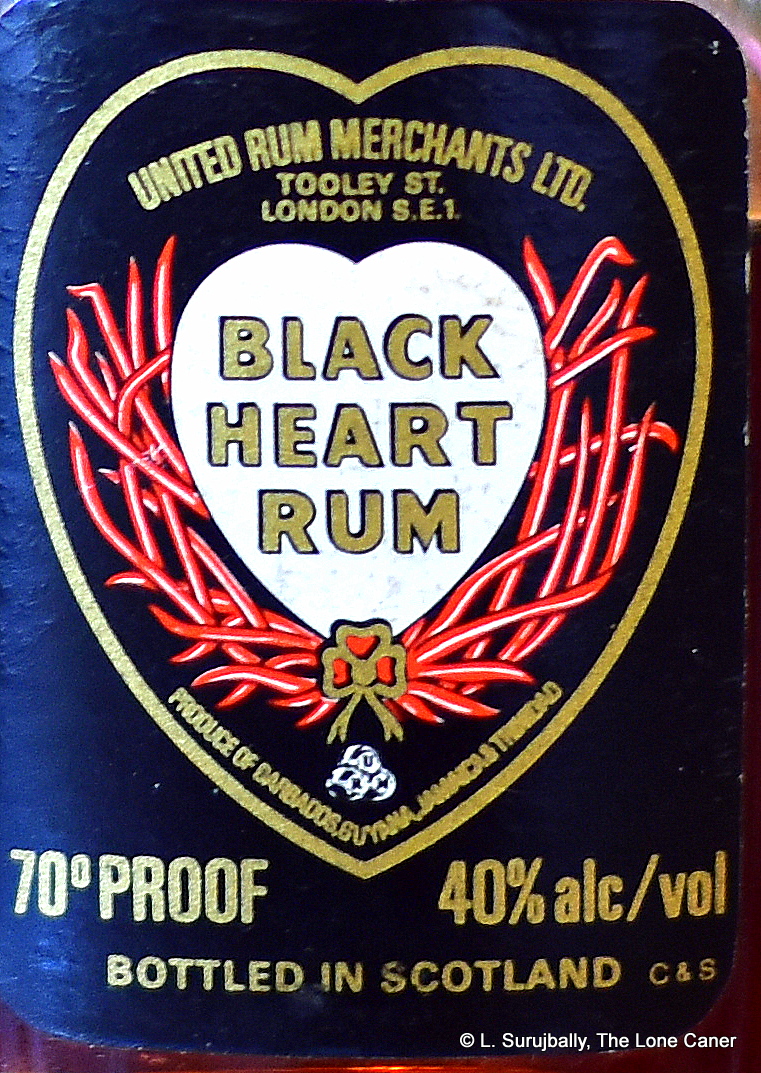 Colour – Very dark brown
Colour – Very dark brown

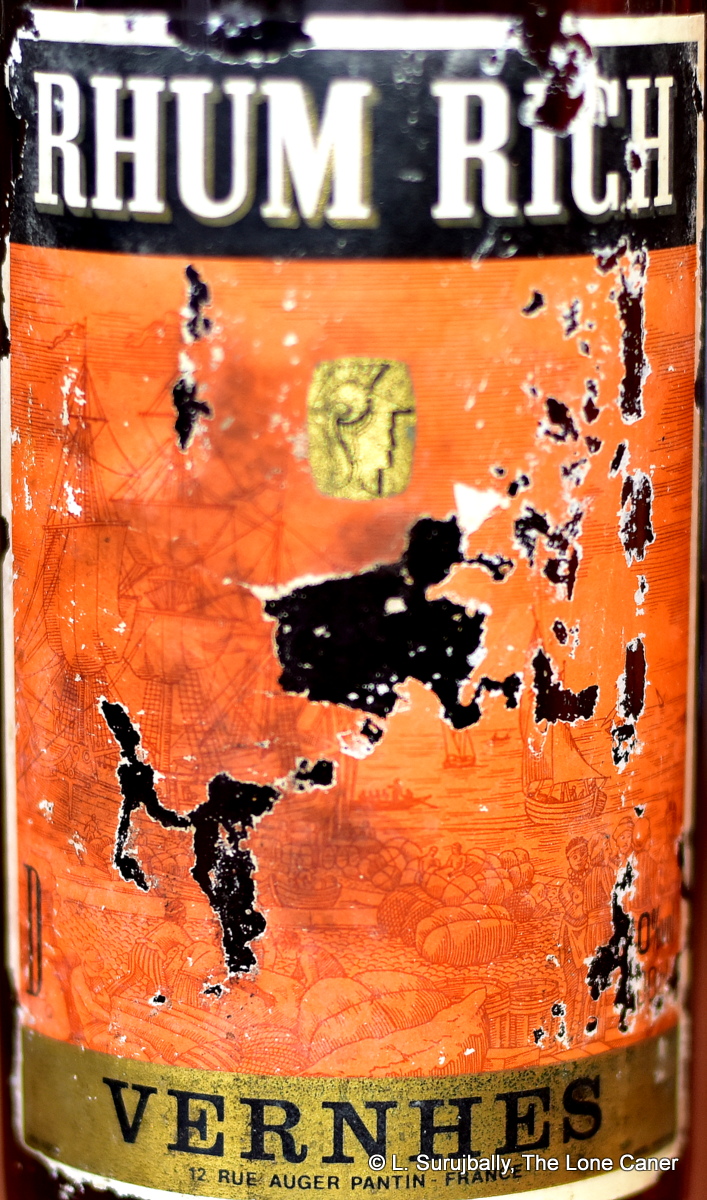 Colour – Amber
Colour – Amber The strangely named Doctor Bird rum is another company’s response to
The strangely named Doctor Bird rum is another company’s response to 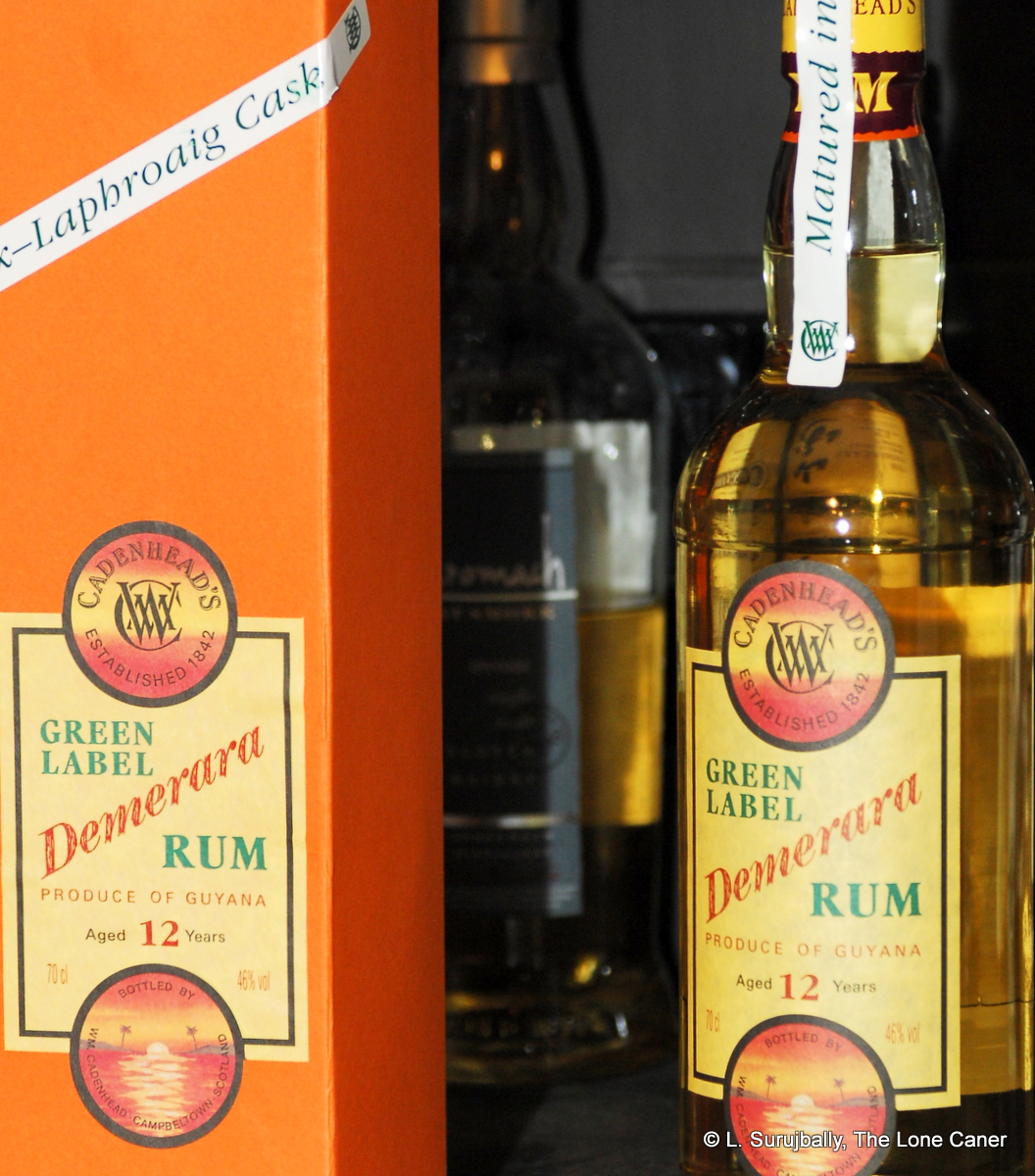
 Anyway, this was a 12 year old, continentally-aged Guyanese rum (no still is mentioned, alas), of unknown outturn, aged 12 years in Laphroaig whisky casks and released at the 46% strength that was once a near standard for rums brought out by
Anyway, this was a 12 year old, continentally-aged Guyanese rum (no still is mentioned, alas), of unknown outturn, aged 12 years in Laphroaig whisky casks and released at the 46% strength that was once a near standard for rums brought out by 
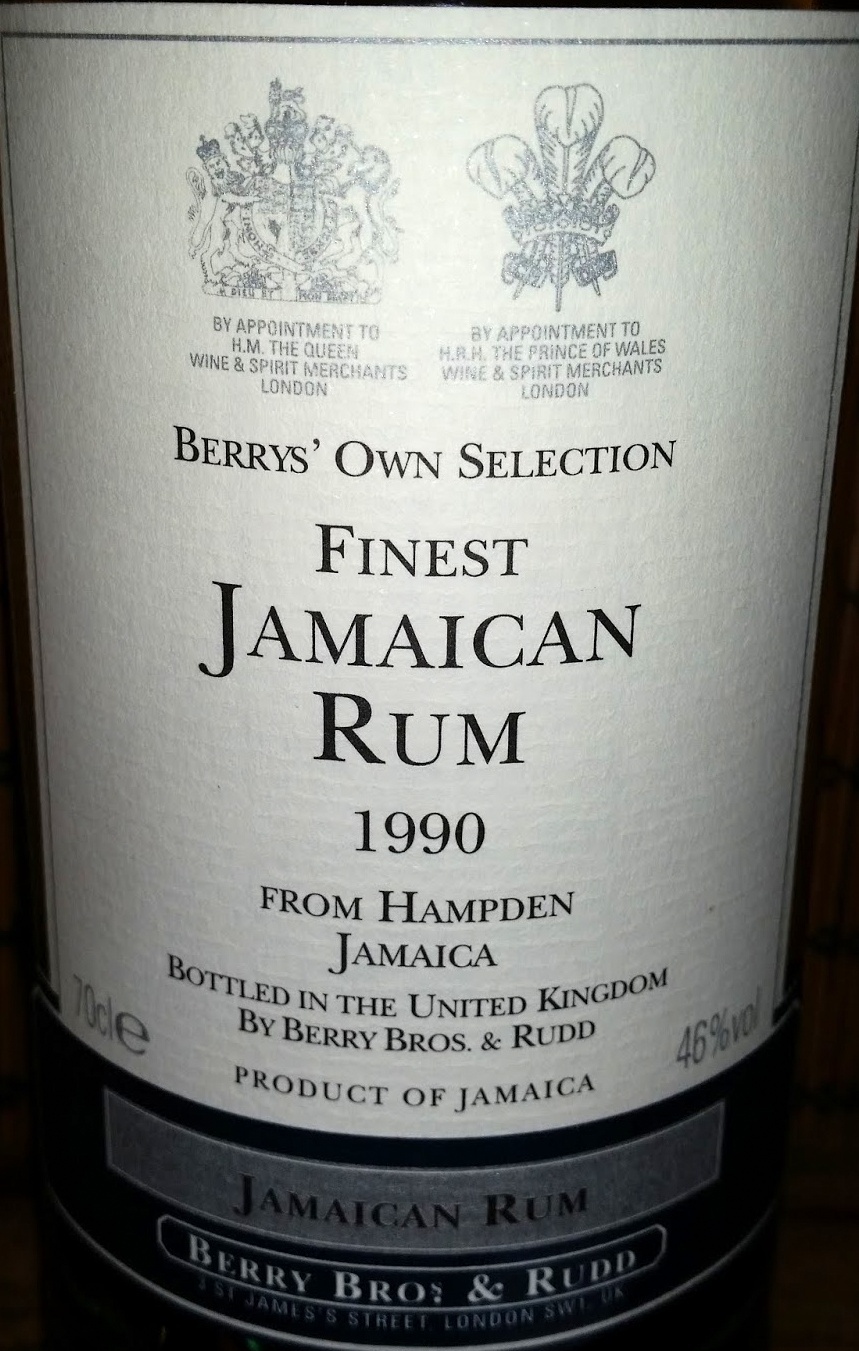
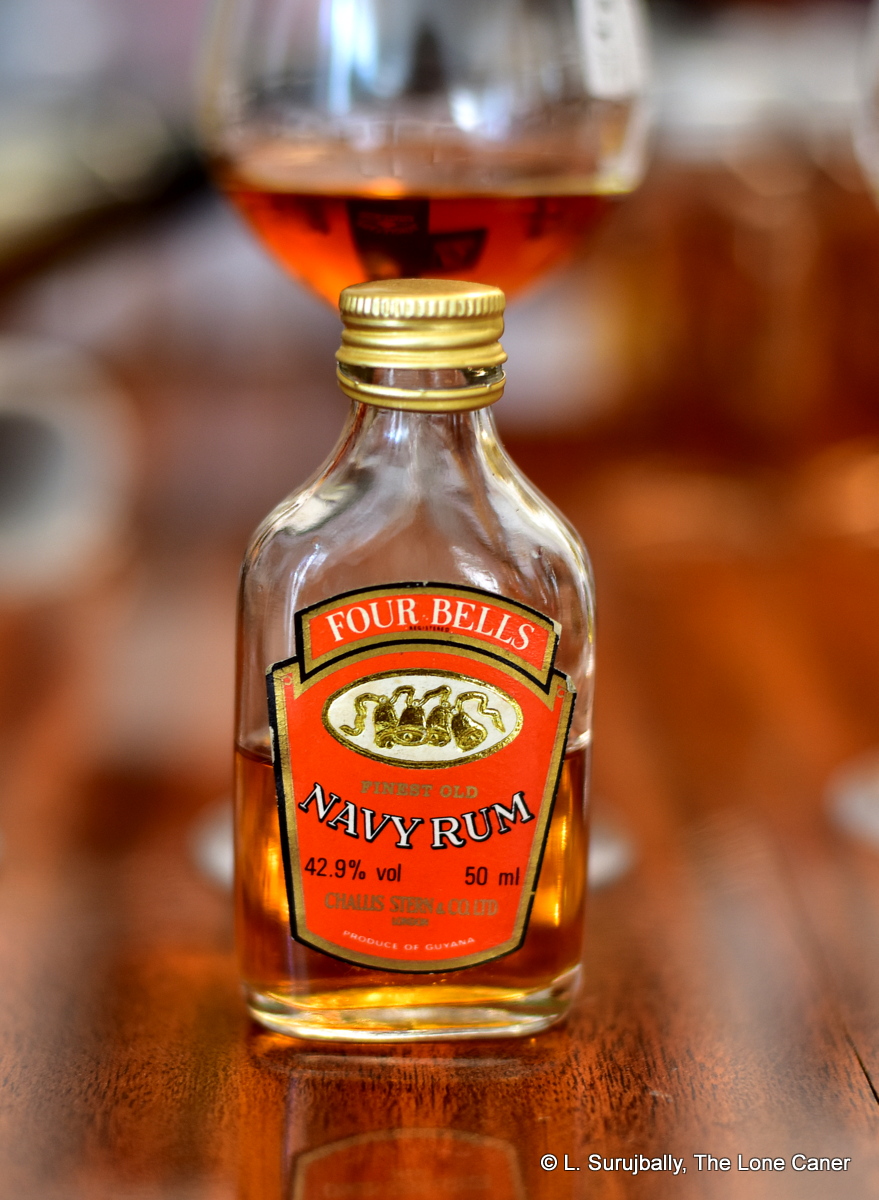

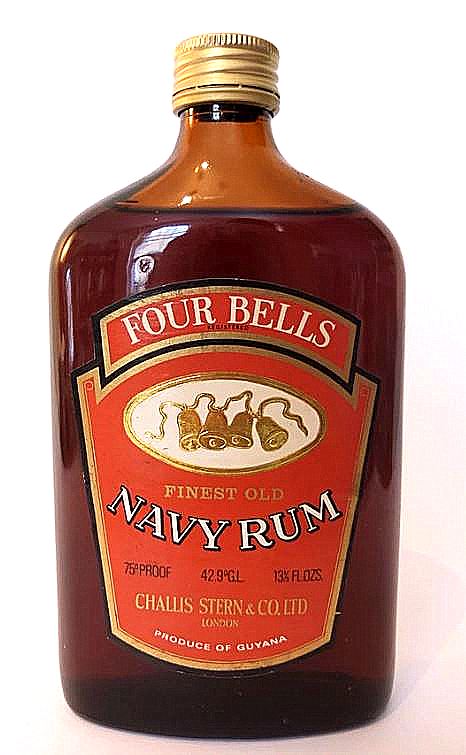

 Nose – Quite a bit different from the strongly focussed Demerara profile of the Navy 70º we looked at before – had the label not been clear what was in it, I would have not guessed there was any Jamaican in here. The wooden stills profile of Guyana is tamed, and the aromas are prunes, licorice, black grapes and a light brininess. After a while some salt caramel ice cream, nougat, toffee and anise become more evident. Sharp fruits are held way back and given the absence of any kind of tarriness, I’d hazard that Angostura provided the Trinidadian component.
Nose – Quite a bit different from the strongly focussed Demerara profile of the Navy 70º we looked at before – had the label not been clear what was in it, I would have not guessed there was any Jamaican in here. The wooden stills profile of Guyana is tamed, and the aromas are prunes, licorice, black grapes and a light brininess. After a while some salt caramel ice cream, nougat, toffee and anise become more evident. Sharp fruits are held way back and given the absence of any kind of tarriness, I’d hazard that Angostura provided the Trinidadian component. 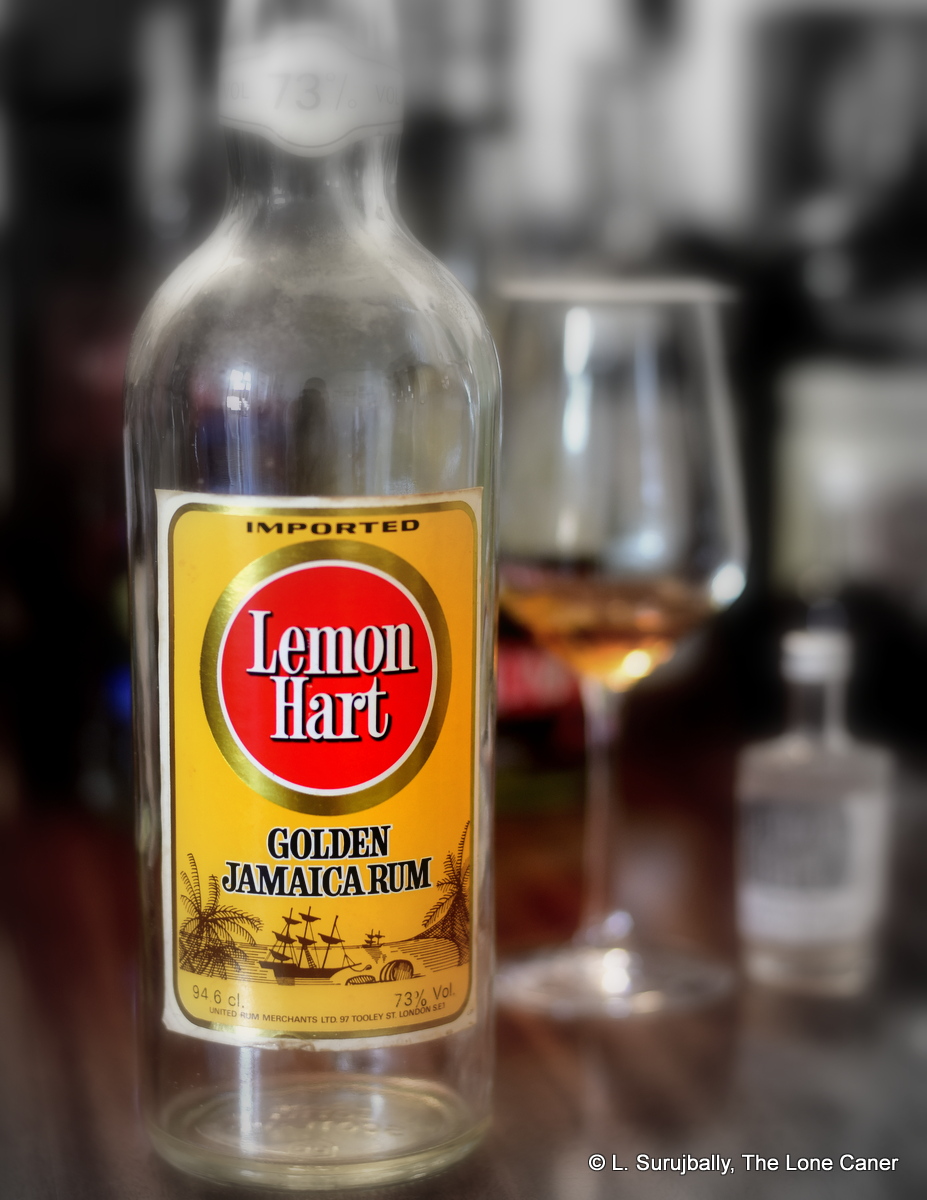 Rumaniacs Review #107 | R-0688
Rumaniacs Review #107 | R-0688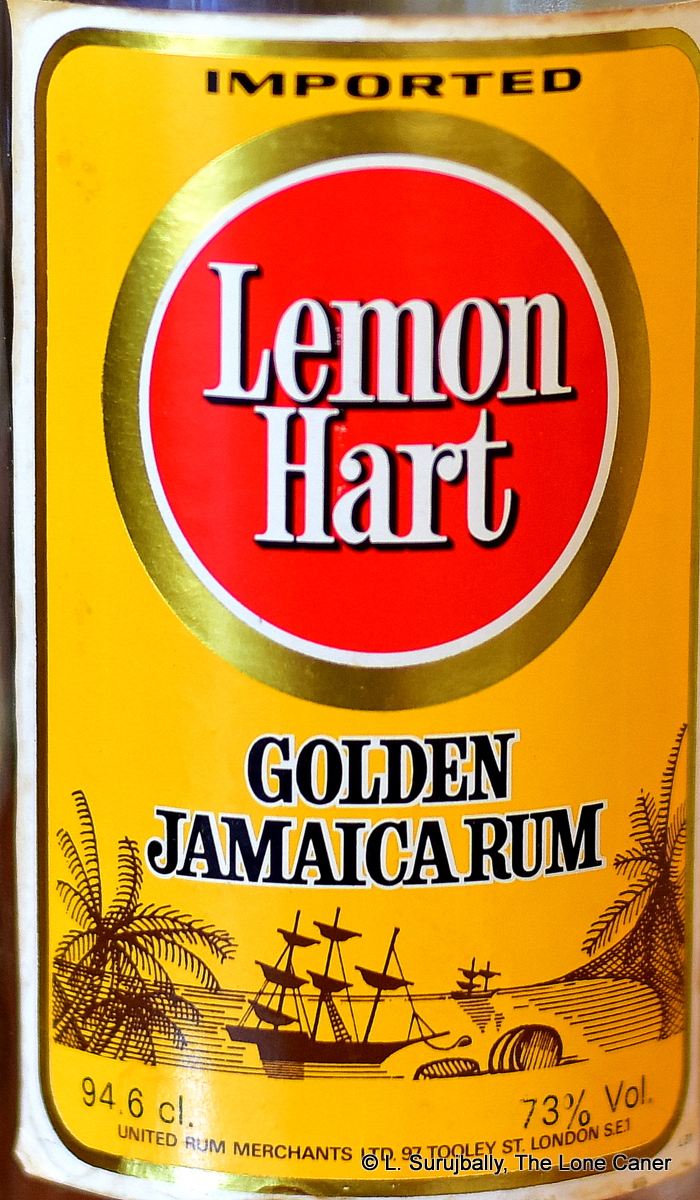 Palate – Waiting for this to open up is definitely the way to go, because with some patience, the bags of funk, soda pop, nail polish, red and yellow overripe fruits, grapes and raisins just become a taste avalanche across the tongue. It’s a very solid series of tastes, firm but not sharp unless you gulp it (not recommended) and once you get used to it, it settles down well to just providing every smidgen of taste of which it is capable.
Palate – Waiting for this to open up is definitely the way to go, because with some patience, the bags of funk, soda pop, nail polish, red and yellow overripe fruits, grapes and raisins just become a taste avalanche across the tongue. It’s a very solid series of tastes, firm but not sharp unless you gulp it (not recommended) and once you get used to it, it settles down well to just providing every smidgen of taste of which it is capable.
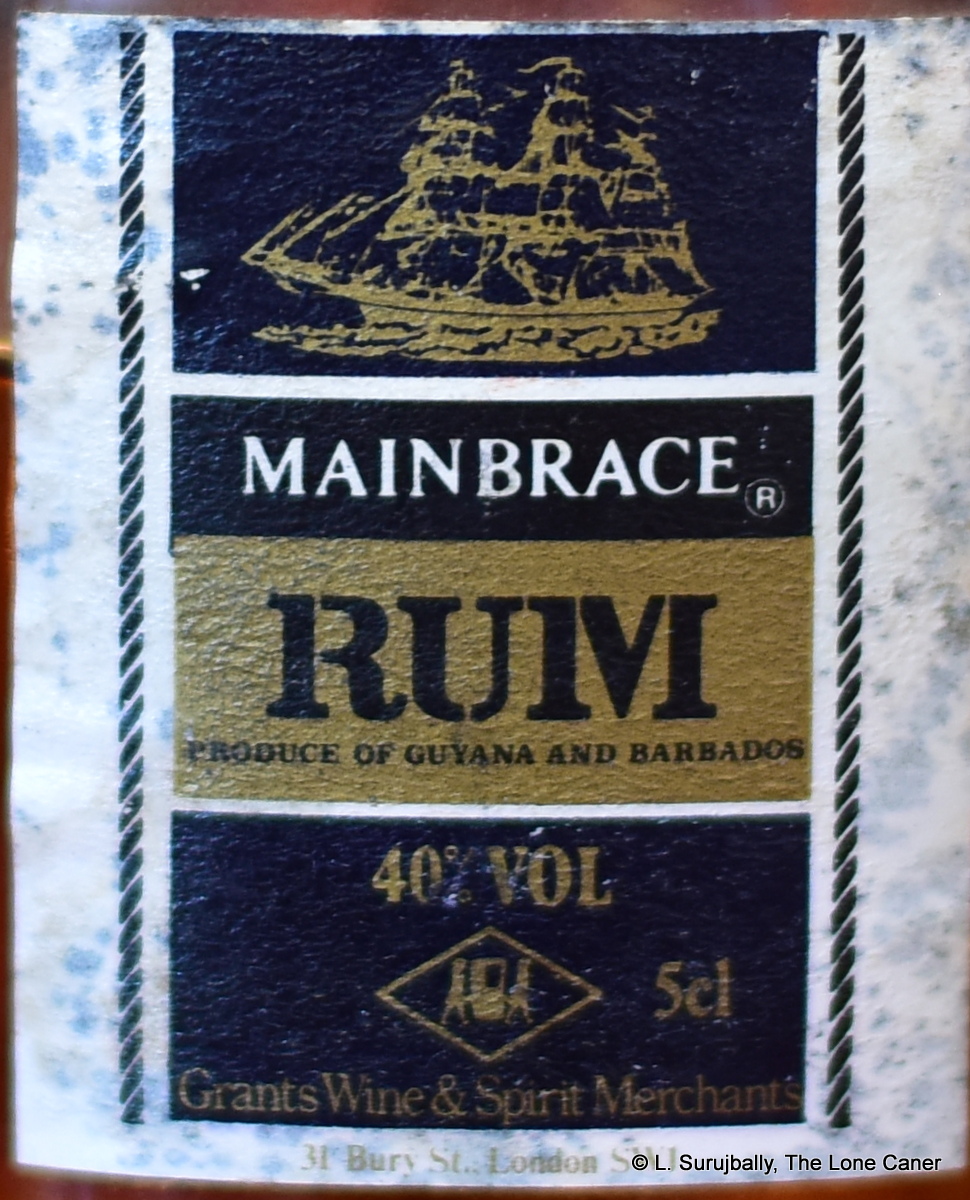 The “Guyana” spelling sets a lower post-independence date of 1966. Grants also released a Navy Rum and a Demerara Rum – both from Guyana, and both at “70º proof”. The address is written differently on their labels though, being “Grants of Saint James” on the Demerara label (Bury Lane is in the area of St. James, and a stone’s throw away from St. James’s Street…and BBR). Grants was still referring to itself as “of St. James” first (and until 1976 at least), but I think it’s the 40% ABV that’s key here, since that only came into effect in the mid 1980s in the UK.
The “Guyana” spelling sets a lower post-independence date of 1966. Grants also released a Navy Rum and a Demerara Rum – both from Guyana, and both at “70º proof”. The address is written differently on their labels though, being “Grants of Saint James” on the Demerara label (Bury Lane is in the area of St. James, and a stone’s throw away from St. James’s Street…and BBR). Grants was still referring to itself as “of St. James” first (and until 1976 at least), but I think it’s the 40% ABV that’s key here, since that only came into effect in the mid 1980s in the UK. 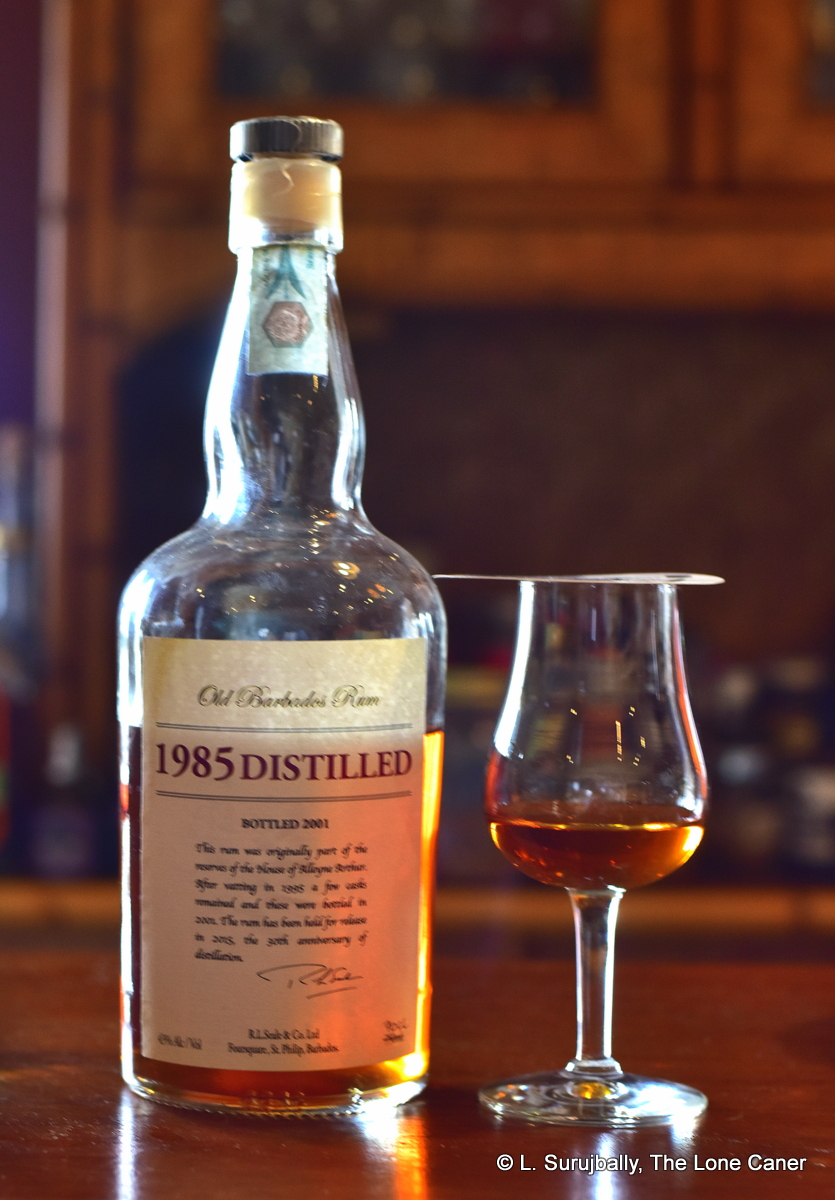 This is a rum that has become a grail for many: it just does not seem to be easily available, the price keeps going up (it’s listed around €300 in some online shops and I’ve seen it auctioned for twice that amount), and of course (drum roll, please) it’s released by Richard Seale. Put this all together and you can see why it is pursued with such slack-jawed drooling relentlessness by all those who worship at the shrine of Foursquare and know all the releases by their date of birth and first names.
This is a rum that has become a grail for many: it just does not seem to be easily available, the price keeps going up (it’s listed around €300 in some online shops and I’ve seen it auctioned for twice that amount), and of course (drum roll, please) it’s released by Richard Seale. Put this all together and you can see why it is pursued with such slack-jawed drooling relentlessness by all those who worship at the shrine of Foursquare and know all the releases by their date of birth and first names.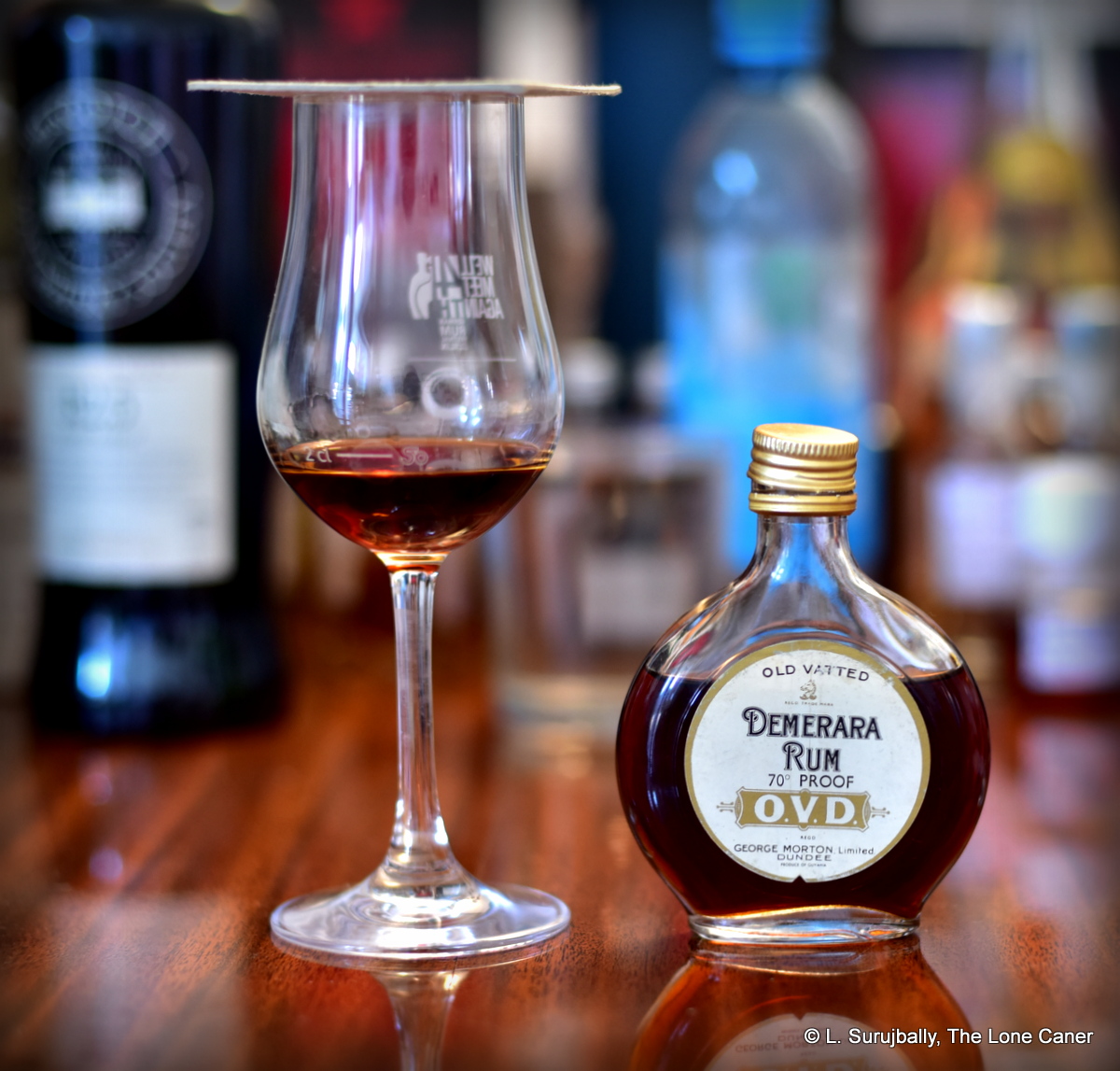
 This bottle notes George Morton, founded in 1838, as being located in Dundee which the OVD history page confirms as being the original offices. But a 1970s-dated Aussie listing for a 40% ABV OVD rum already shows them as being located in Glasgow, and a newer bottle label shows Talgarth Rd in London, so my Dundee edition has to be earlier. Lastly, an auction site lists a similar bottle from the 1970s with a label also showing Dundee, and a spelling of “Guyana”, so since the country became independent in 1966, I’m going to suggest the early 1970s is about right
This bottle notes George Morton, founded in 1838, as being located in Dundee which the OVD history page confirms as being the original offices. But a 1970s-dated Aussie listing for a 40% ABV OVD rum already shows them as being located in Glasgow, and a newer bottle label shows Talgarth Rd in London, so my Dundee edition has to be earlier. Lastly, an auction site lists a similar bottle from the 1970s with a label also showing Dundee, and a spelling of “Guyana”, so since the country became independent in 1966, I’m going to suggest the early 1970s is about right 